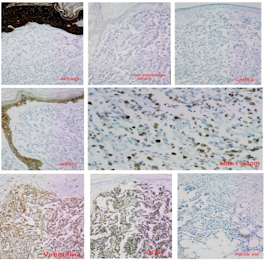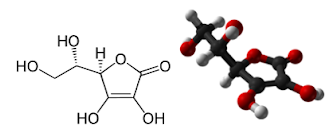The Mechanism of Radioprotective Effect and Immunoreactive Effect on Vitamin c Abstract Background and Objective: Vitamin c preparations have a fairly high antioxidant effect, demonstrating increased efficiency for the immune system. Also, since Vitamin c is sensitive to heat, it is less safe to heat. Methods: Radiation protection from death and stimulating leukocyte recovery by oral administrations consecutively of Vitamin c , 200 mg/kg and 400mg/kg b.w., once a day, before whole-body x-rays irradiation was confirmed by tests with C3H mice, meanwhile, its radioprotective effecs compared to immunological enhancement. Based on the studies of survival, behavior of hematograms, and numbers of lymphocytes, whole body following irradiation, it was demonstrated that Vitamin c was an effective radioprotector. The survival of irradiated mice protected by Vitamin c was significantly increased and statistically higher than ...


